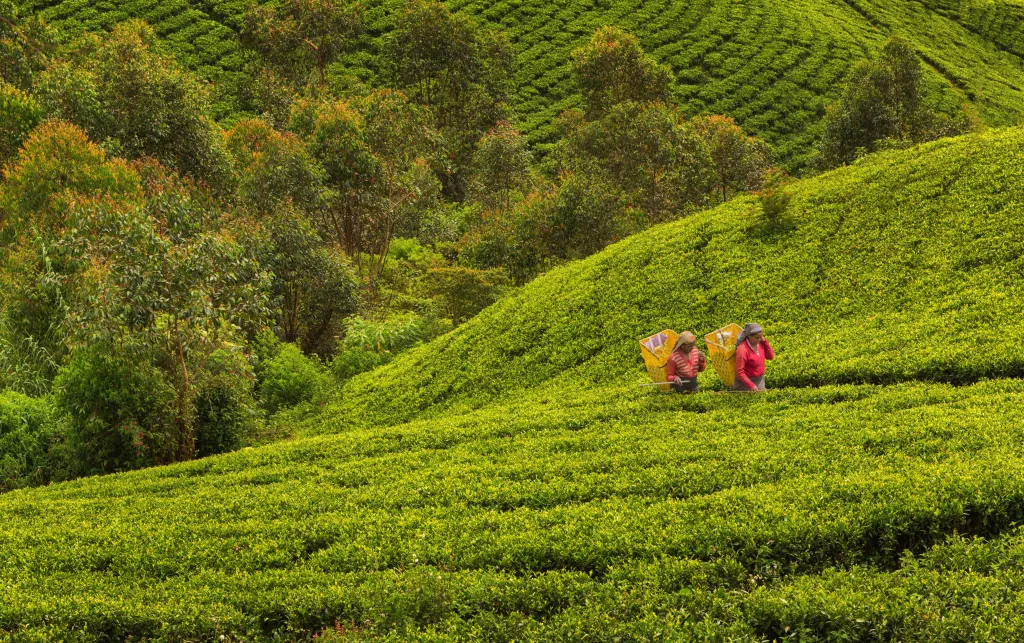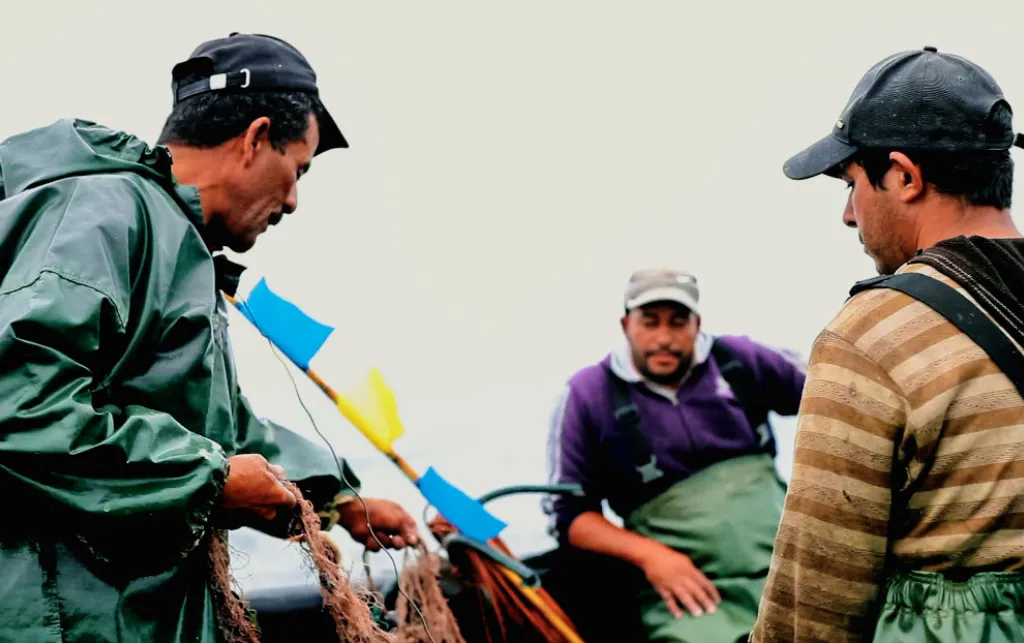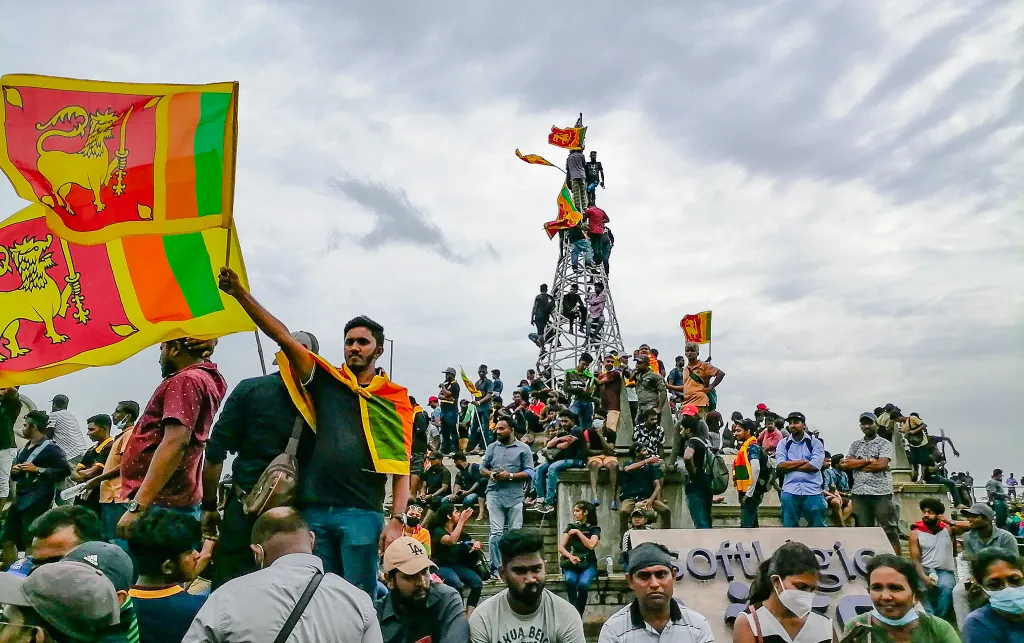2. Vicious circle: foreign currency, debt dependency and export agriculture in the Global South
As a result, large areas of land in the Global South, especially the most fertile swathes, continue to be devoted to producing cash crops, which often cannot be produced in the Global North: biofuels, strawberries and other out-of-season fruit and vegetables, such as berries and tomatoes from Morocco, or pineapples and palm oil from Indonesia.
Alongside large plots growing crops for export are plots for subsistence agriculture and locally sold crops, which are often fragmented and less easy to farm, or of lower-quality soil, with lower yields.36
At the same time, the export orientation of Global North cereal production – especially across the US, Canada, Europe, and Russia – creates vulnerabilities within the world agrifood system, due to dependencies on international markets and international price fluctuations.

Through the promise of the Green Revolution and ‘free’ trade, for the last fifty years Global North countries have pushed forward a model of food production which has made Global South countries dependent on northern-grown cereals such as wheat and corn, even when this was not necessary. Global South countries have been compelled to develop their economies in a way that has maintained or even increased their dependency on imports, rather than increasing home-grown crops to feed their people.37
This is the case in India and countries in Northern and Eastern Africa.
Elsewhere, countries in the Global South play a different role in the global economy: in Latin America, countries including Argentina, Brazil and Paraguay produce vast amounts of cereal monocultures (such as soy, wheat and corn) through highly mechanised methods. This model of production has created large inequalities within the region.
On one hand, it has strengthened the position of national elites and international corporate power, accelerating their acquisition of land. On the other hand, it has fuelled the loss of biodiversity, and the dispossession and migration of peasants from rural to urban areas; increasing the number of people living in slums and endangering the food sovereignty of these countries.38
This model of export-oriented agriculture implemented by countries of the Global South was particularly promoted in the late 1970s by international financial institutions, such as the International Monetary Fund and the World Bank. Emphasis was placed on the importance of adhering to a model of export-led development with the implementation of structural adjustment programmes, and of new trading rules set by the World Trade Organisation. Today, both organisations still play an important role in setting international trade rules. At the same time, bilateral and multilateral trade agreements between countries have increased, accelerating the process of export-led development and exacerbating inequalities between and within countries.

These dynamics mean that for example pomegranates and oranges are shipped out from the Global South, while wheat and soy are mostly exported from the Global North. Agricultural production systems in most southern countries are weak and subject to vulnerability, leaving their people exposed to prices fluctuations and other markets volatilities. However, the agriculture is one of the main sources of hard currency for foreign markets.39
That hard currency, usually US dollars or euros, is central to government current account balances; and even more important to government hard foreign currency accounts – it provides access to international market goods needed for agriculture and other key sectors, or simply for consumption.
Global South countries are dependent on a trading system they do not control, one in which they receive rather than set prices, making them acutely vulnerable to rapid price increases, destabilising their food security planning strategies. In the worst cases, countries get deeper into debt to secure the hard currency needed for the sudden steep increases in food-import costs.
Larger debt means greater interest payments in the future. As the overwhelming majority of loans are in euros and US dollars, interest on debt must be paid in a hard foreign currency. Global South countries’ export-oriented food security strategies then become even more politically, socially, and economically hardened and entrenched; since food security strategies are a conduit for hard currency to flow into the country and their national currencies are easily subject to sudden depreciations.40

The entire trading model hampers Global South countries’ overall development, since there is less hard currency available for other needs, and increasing amounts of the state budget is diverted to cover interest payments. ‘Food security’ strategies become a trap.
